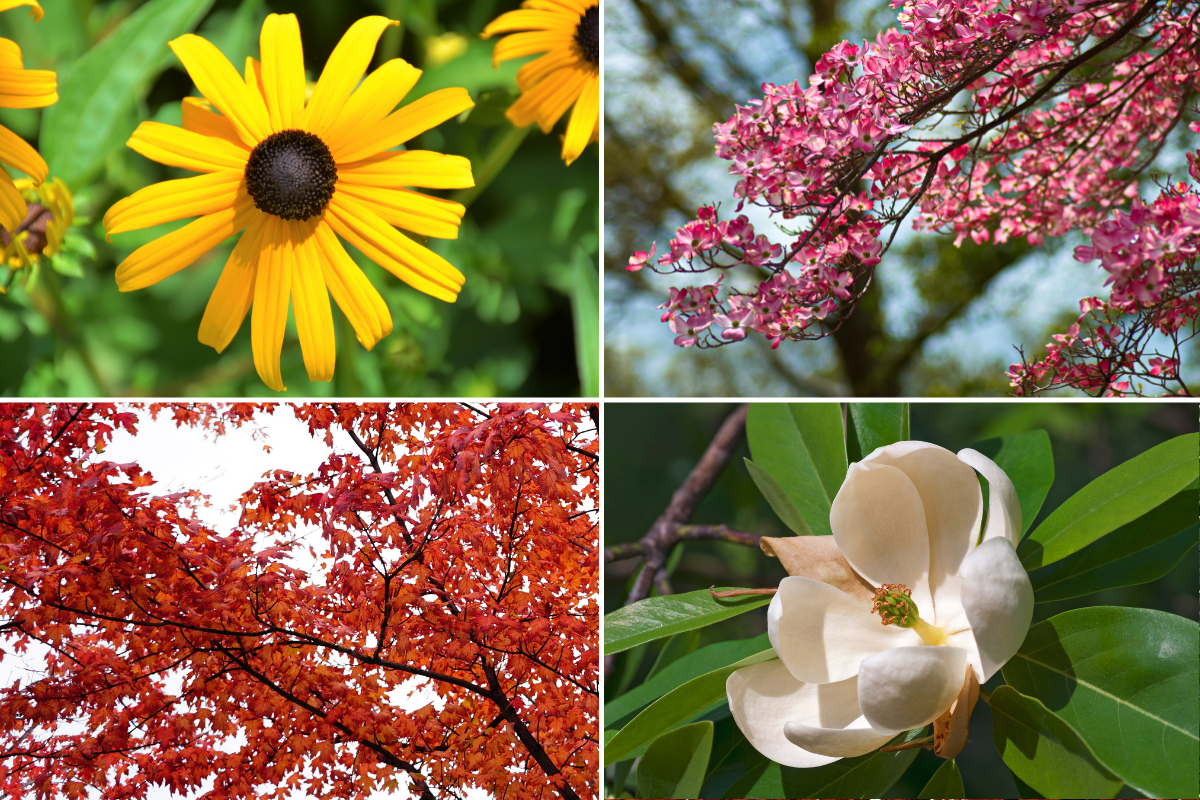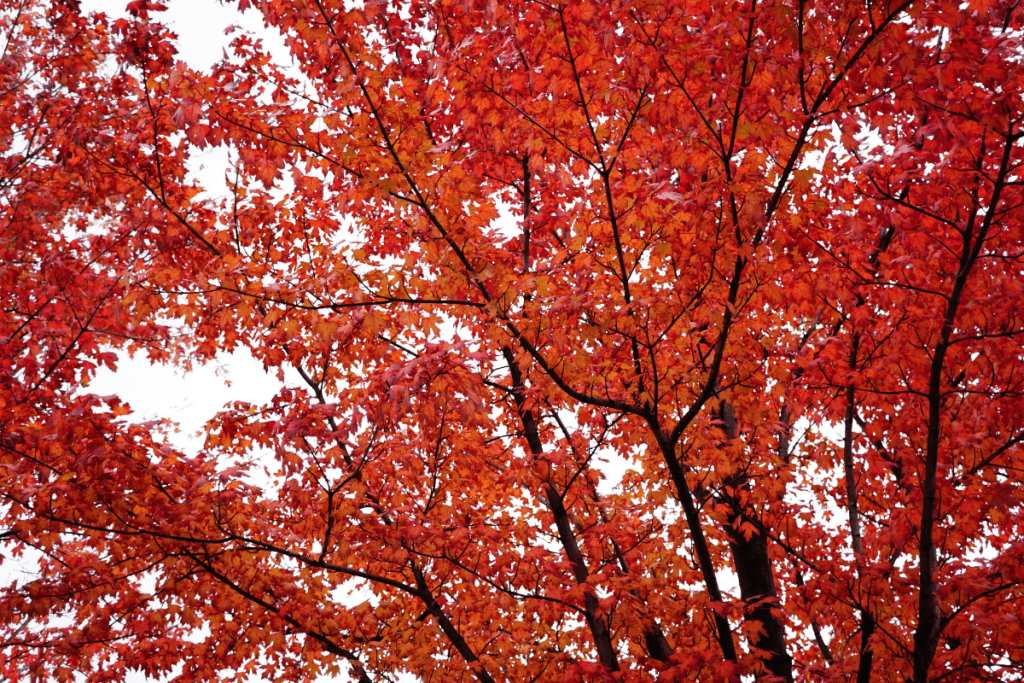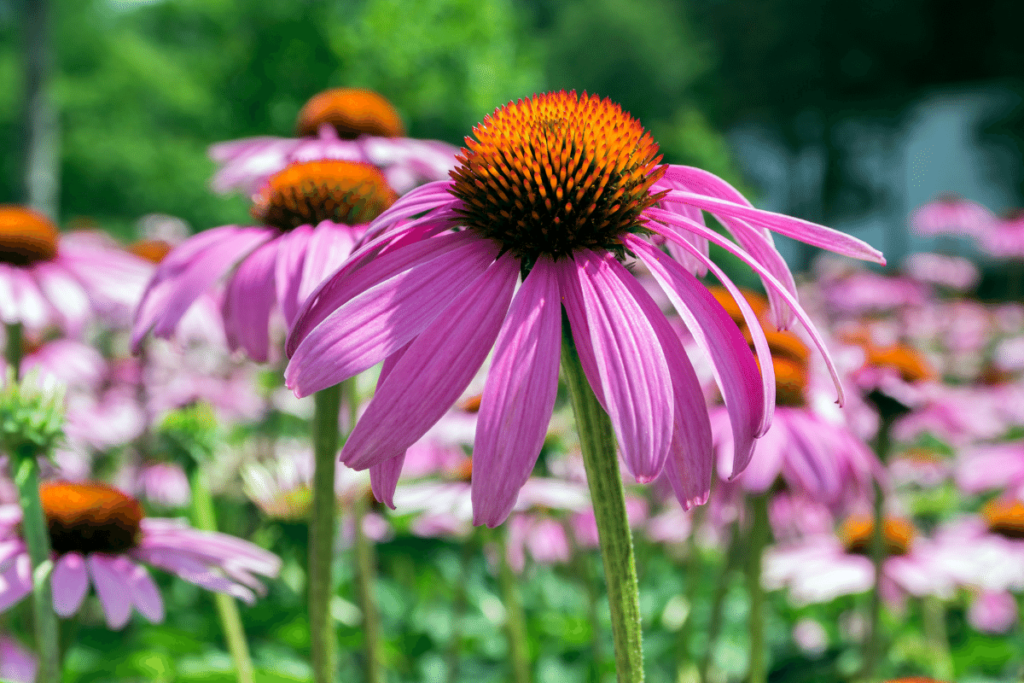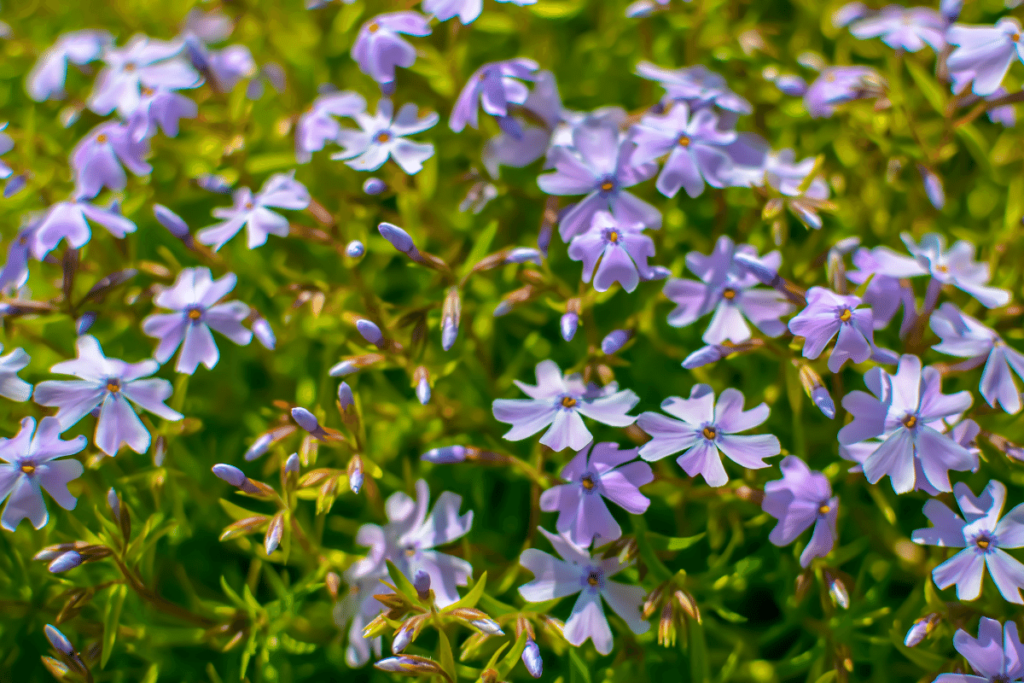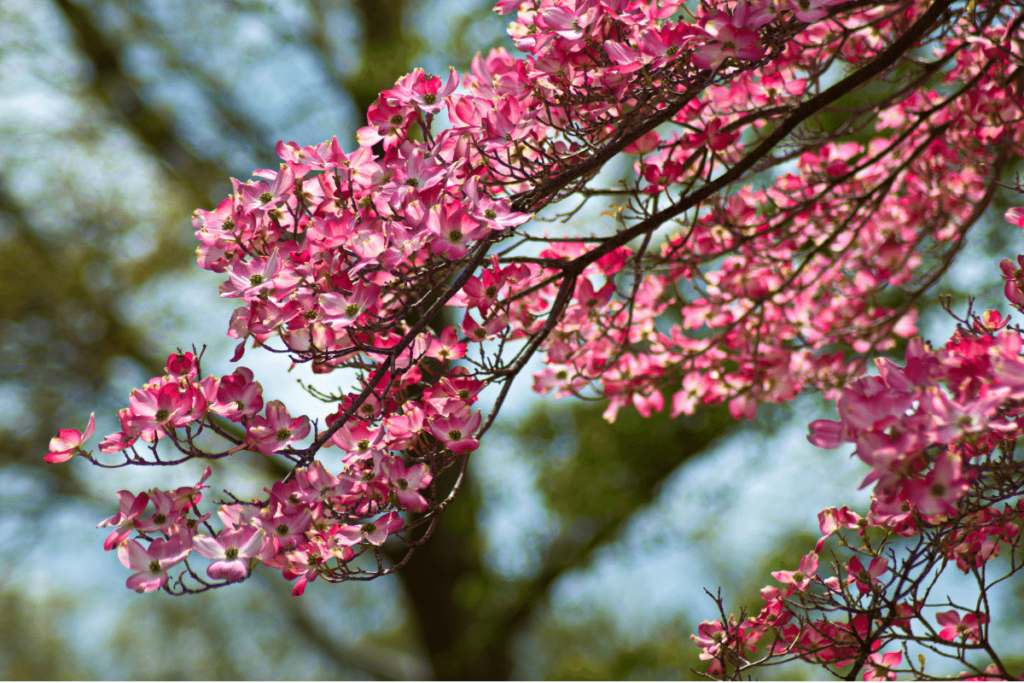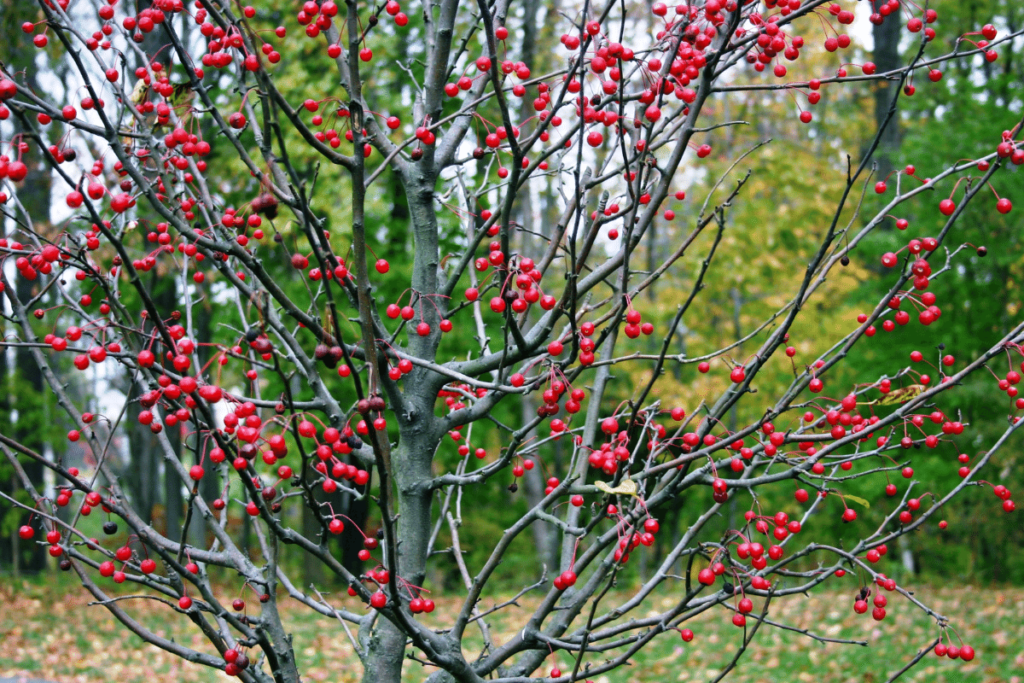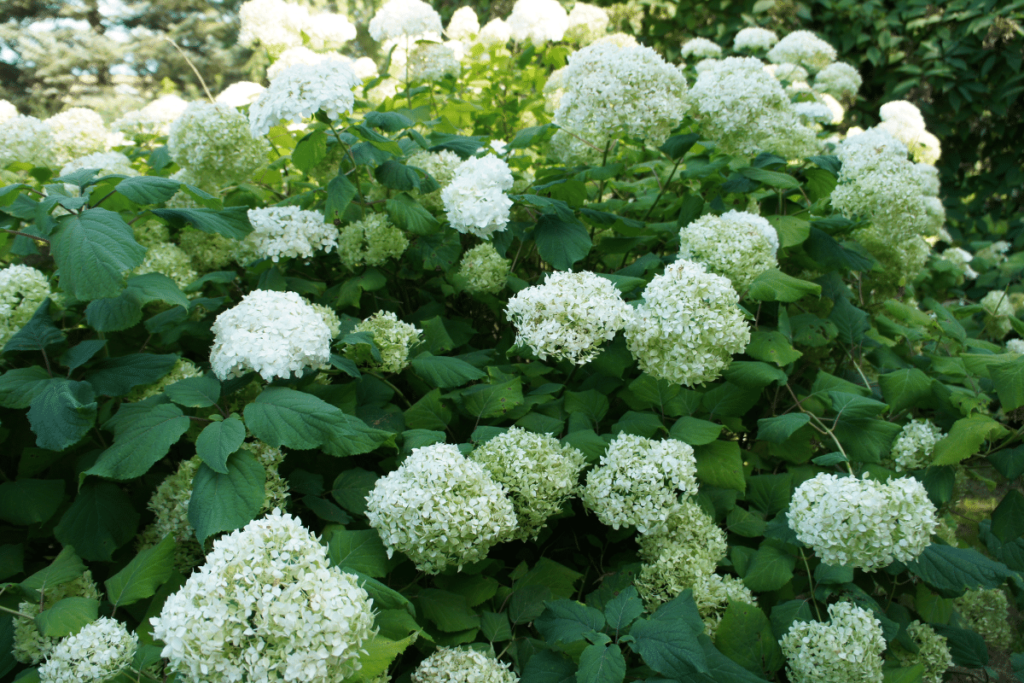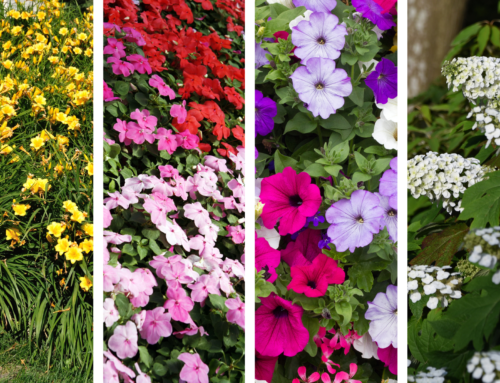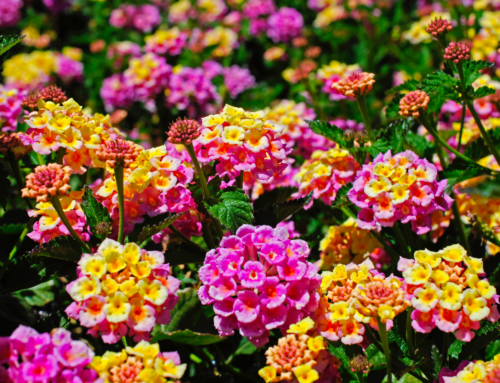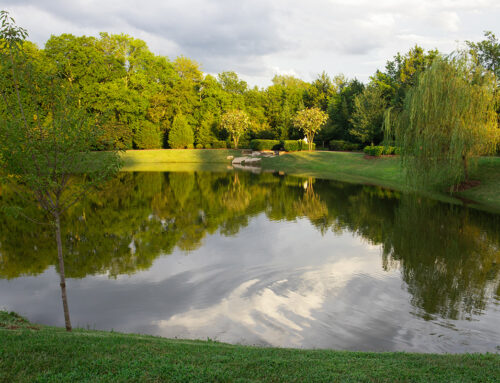Table of Contents
Ten Native Plants for Nashville Landscaping
ATTENTION: Nashville Commercial Owners, Property Managers, Developers, HOA’s, Homeowners, and Gardeners
If you are looking to add new plants to your Nashville residential and/or commercial garden(s), check out these 10 plants native to Nashville, TN!
Our horticulture experts here at Acer Landscape Services picked some of their favorite Nashville native plants that look great in any garden. For more information on residential and commercial landscaping and which plants to choose for your Nashville property, please call our Senior Business Developer, Taylor Parker at 615-350-8030 ex 23 or email taylor@acerlandscapeservices.com.
Rudbeckia triloba (Browned Eyed Susan)
The Rudbeckia triloba also called a Brown Eyed Susan is a biennial or short-lived perennial from the sunflower family with yellow petals and a brown center disc. It grows about 3-5 feet tall and blooms best from June to October. They will tolerate shade for short periods; however, brown-eyed Susans grow best in full sunlight with average moist soil.
Additional Resources:
Wildflower.org Plant Profile:
Rudbeckia triloba (Browned Eyed Susan)
Missouri Botanical Garden:
Acer rubrum (Red Maple)
The Acer rubrum also called a Red Maple is a fast-growing, medium-sized tree native to Eastern North America typically growing 40-60 feet tall. This tree makes a bold statement and adds a spark of color to any landscaping with its beautiful red flowers, red fruit, and red leaves and stems. The red flowers appear in early spring around March – April before the leaves appear. Red Maples are great for residential and commercial properties. Just be careful not to plant them too close to a sidewalk or driveway or it could cause root system issues. For more details, check out the Acer rubrum plant profile on Wildflower.org or visit here.
Additional Resources:
Wildflower.org Plant Profile:
Missouri Botanical Garden Plant Profile:
Echinacea tennesseensis (Tennessee Coneflower)
The Echinacea tennesseensis also called the Tennessee coneflower is part of the sunflower family and grows 1.5 – 2 feet tall. It’s also one of the nation’s rarest wildflowers. The U.S. Fish and Wildlife listed the Tennessee coneflower as the second most endangered plant in 1979 as part of the Endangered Species Act.
Additional Resources:
Wildflower.org Plant Profile:
Echinacea tennesseensis (Tennessee Coneflower)
Missouri Botanical Garden Plant Profile:
Phlox divaricata (Wild Blue Phlox)
The Phlox divaricata also called the Wild Blue Phlox is a lavender/violet/blue perennial that grows 12-15” tall. It prefers shade and moist soil but can tolerate drought pretty well. These flowers bloom from March to May and are great choices to put in rock gardens, native gardens, or as bordering flowers.
Additional Resources:
Wildflower.org Plant Profile:
Phlox divaricata (Wild Blue Phlox)
Missouri Botanical Garden Plant Profile:
Cornus florida (Pink Dogwood)
The Cornus florida ‘Cherokee Brave’ also called a Pink Dogwood is a magnificent smaller tree usually growing 15-40 feet tall. It is one of the most beautiful of all the American native trees. Pink Dogwoods are great choices for residential homes and/or commercial properties with their flowers blooming around the April to May time frame. Although this tree is a favorite for commercial properties, it can be a bit particular about its moisture and soil conditions.
Additional Resources:
Wildflower.org Plant Profile:
Cornus florida ‘Cherokee Brave’ (Pink Dogwood)
Oakland Nursery Plant Profile:
Gleditsia triacanthos v. inermis (Weeping Honeylocust)
The Gleditsia triacanthos v. inermis also called a Weeping Honeylocust is a large deciduous tree with yellow-green leaves growing 30-75 feet tall. The Weeping Honeylocust grows best in well-drained moisture-rich soil with full sunlight, although these trees are very tolerant of various soils and weather, including wind and drought conditions. These trees have one of the strongest woods and can live for over a hundred years.
Additional Resources
Wildflower.org Plant Profile:
Gleditsia triacanthos (Weeping Honeylocust)
Missouri Botanical Garden Plant Profile:
Magnolia virginiana (Sweetbay Magnolia)
The Magnolia virginiana also called a Sweetbay Magnolia is low maintenance, smaller tree usually growing 15-20 feet tall with sweet cream-colored flowers blooming in mid Spring. In the Southern U.S., these SweetBay Magnolias tend to grow much larger up to 60 feet tall. These trees are great choices for residential or commercial properties. They grow well near ponds and streams and can withstand various weather conditions.
Additional Resources:
Wildflower.org Plant Profile:
Magnolia virginiana (Sweetbay Magnolia)
Missouri Botanical Garden Plant Profile:
Ilex verticillata (Winterberry)
The Ilex verticillata also called the Winterberry is a deciduous holly shrub native to Eastern North America that grows 3-12 feet tall and just as far wide. The winterberry grows in full sun to partial shade and has a great tolerance for wet soil. These shrubs are extremely showy with red fruit growing in late fall and early winter and are a favorite for attracting birds. For these bushes to have berries, there must be both a male and female as a male winterberry alone will not bloom fruit.
Additional Resources:
Wildflower.org Plant Profile:
Ilex verticillata (Winterberry)
Missouri Botanical Garden Plant Profile:
Hydrangea arborescens ‘Bounty’ (Smooth Hydrangea)
The Hydrangea arborescens ‘Bounty’ also called a Smooth Hydrangea is a perennial shrub growing about 3-6 feet tall. These shrubs are a fan favorite with large heavy clusters of greenish-white flowers blooming from May to July and continuing through summer to September. These fast-growing Hydrangeas are a great choice for both residential or commercial gardens.
Additional Resources:
Wildflower.org Plant Profile:
Hydrangea arborescens ‘Bounty’ (Smooth Hydrangea)
Missouri Botanical Garden Plant Profile:
Monarda media Willd. (Purple Bergamot or Bee Balm)
The Monarda media also called the Purple Bergamot is a perennial wildflower that grows 2-3 feet tall. The purple bergamot is actually a part of the mint family. When the plant’s leaves are crushed, it gives off a strong mint fragrance. Another name for this unique wildflower is the “bee balm” because bees, hummingbirds, and butterflies are all highly attracted to this plant. The Bee Balm or Purple Bergamot wildflower tends to grow well in moist conditions with full sun to lightly shaded conditions. Usually, Purple Bergamots can be found growing wild along river beds and streams. As for residential and commercial landscaping, these wildflowers are a plant favorite and bring a pop of color and uniqueness to any garden.
Additional Resources:
Wildflower.org Plant Profile:
Monarda media (Purple Bergamot or Bee Balm)

